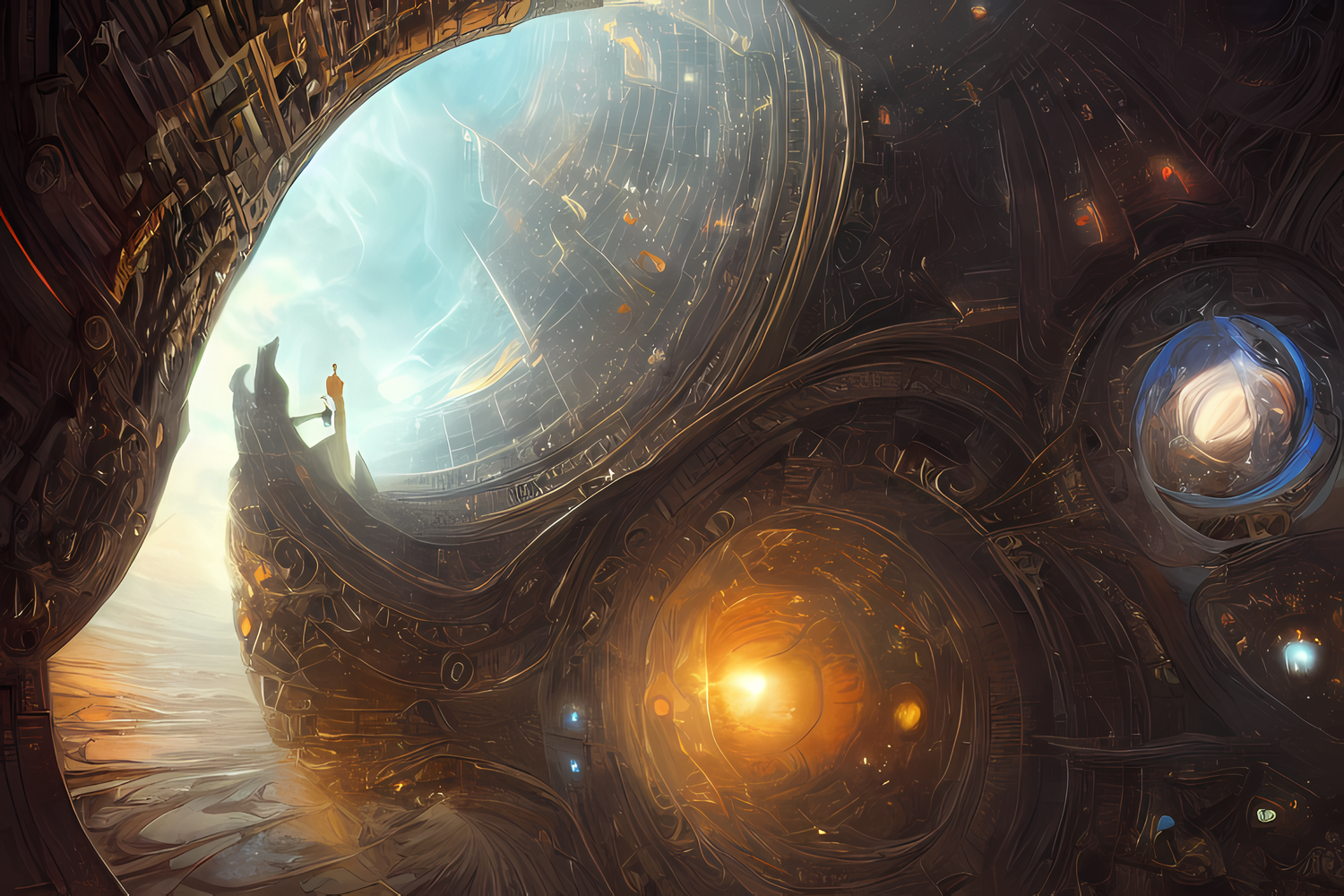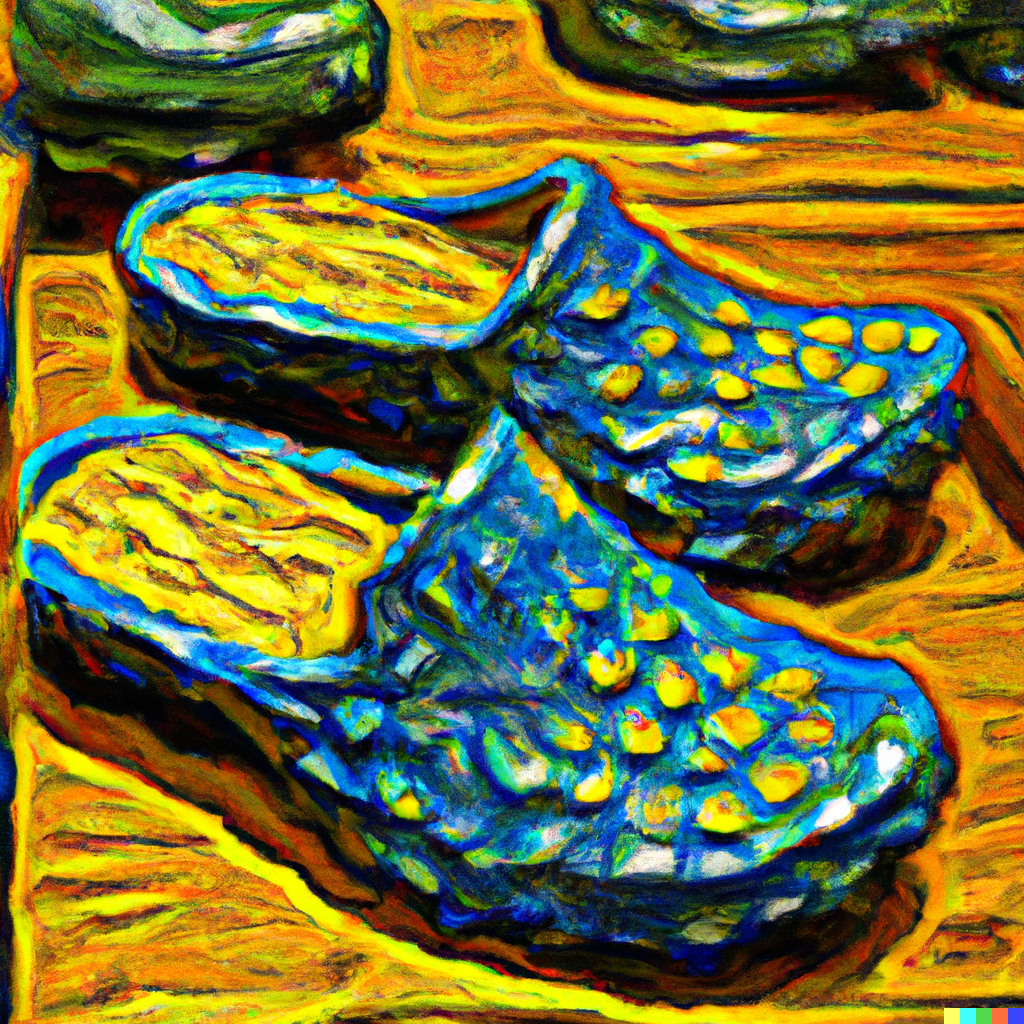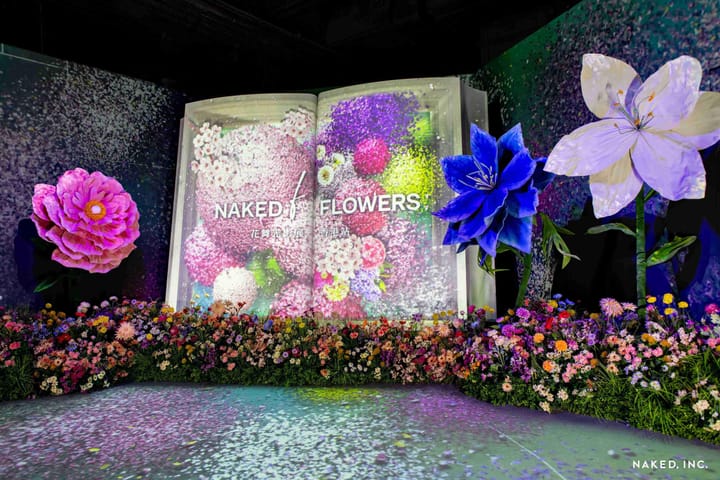Is there plagiarism in the world of AI art?

A few minutes every morning is all you need.
Stay up to date on the world's Headlines and Human Stories. It's fun, it's factual, it's fluff-free.
Recently, we’ve seen the popularity of AI image generators skyrocket. With platforms like DALL-E, NightCafe and Midjourney, this phenomenon has flooded the internet. If you’re unfamiliar with how this concept works – by using short text descriptions generated by the user, these AI bots create entirely new images by collecting a dataset of text-image pairs from the net. You can type anything, and DALL-E will try to synthesize your idea into an image. And then, you own that new image. This is a fun and useful tool for concept visualization.
Because users can generate any images they want, though, it’s become trendy to request pieces in specific artists’ styles. Like looking up “Crocs in Van Gogh’s style.” We did this, and the images are pretty neat. But it’s not so neat when this same thing happens to a living, working artist.

For instance, if you search Polish artist Greg Rutkowski’s name online, thousands of images that he didn’t create come up. His unique art expression is really popular among AI image generator users. “I feel like something’s happening that I can’t control,” Rutkowski says. “My name is being used a lot to generate AI images, along with the names of other working artists.” There are about 93,000 AI-generated images related to his work.
In that same vein, Swedish artist Simon Stålenhaggained has his own opinion on the matter. “I have always felt (and stated so here in the past) that taking ideas from other artists is a cornerstone of a living, artistic culture. It’s the impetus for new art.” At the same time, he explains on Twitter: “What I don’t like about AI-tech is not that it can produce brand new 70s rock hits like ‘Keep On Glowing, You Mad Jewe’ by Fink Ployd, but how it reveals that that kind of derivative, generated goo is what or new tech lords are hoping to feed us in their vision of the future.”




Comments ()